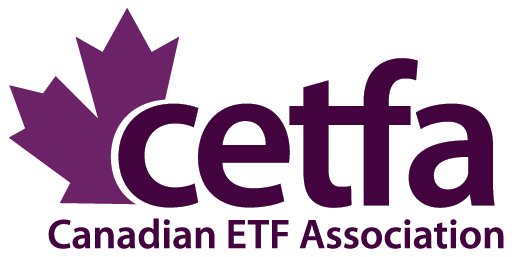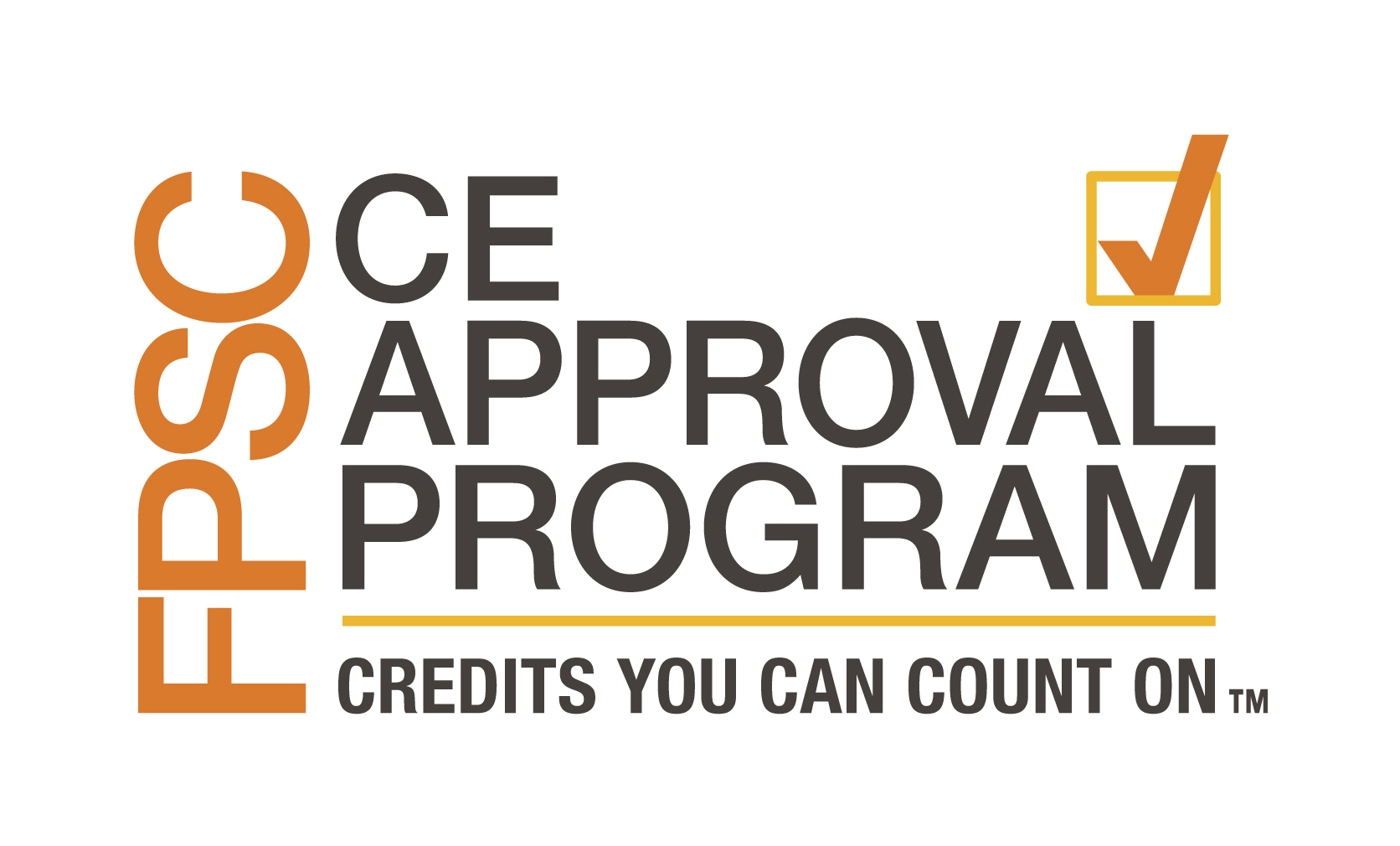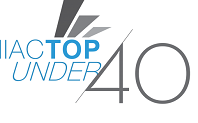CRM – A Critical Year-End Reminder
December 8, 2015 | Toronto
CRM – A Critical Year-End Reminder
CRM stands for the Client Relationship Model – a multi-year regulatory effort to ensure investors – clients – are better informed so that they can make better investing decisions that help them achieve their best financial outcomes. Rules for the second phase of the Client Relationship Model (CRM2 for short) are being phased in over three years, starting July 15, 2013.
CRM2 is the most broad-reaching change for dealers, portfolio managers and advisors in at least a generation, affecting business, operations, IT, compliance, legal, accounting, valuation, governance, strategy and, most of all, clients. And there is little that disturbs examiners (or clients) who do know something about CRM2 more than when those in the financial industry who should know the new rules, in fact do not. Here’s a quick primer of past, present and future.
Click on each ‘flag’ in the diagram below for more information on CRM, including CRM1 – the first 2012-2014 part of CRM – and CRM2.
What you should know …
![]()
You need to understand that Canada’s multi-jurisdictional regulatory system, although aiming to be materially harmonized, is not. Portfolio managers are subject to provincial securities commission rules, mutual fund dealers are subject to Mutual Fund Dealers Association of Canada (MFDA) requirements, and investment dealers subject to Investment Industry Regulatory Organization of Canada (IIROC) oversight must follow IIROC guidance.
While the CRM2 goal is transparency – being clear and understandable – each set of rules varies a bit, and so can regulators’ interpretations of them. They are not very long, but they are written in legalese, and even the accompanying more plain-language guidance may still seem complex. Trying to read the actual rules is interesting, but skip some steps by referring to your firm’s policies and procedures, so you can understand how your firm is addressing areas where there is choice or confusion. This is important because you may have a client who has dealt with another advisor or firm that may do things a different way.
![]()
The CRM2 rules apply only to people, products and services that come under securities laws. This excludes segregated funds (insurance), GICs, annuities, Canada Savings Bonds, defined contribution (DC) pension plans, principal protected notes and any other products that fall under insurance, banking, trust or other legislation. Securities regulators encourage registrants – people and companies they regulate – to disclose and report on these products in the same way as securities, including funds and derivatives. Competitors that provide only these non-securities-regulated products aren’t bound by the same rules, so be ready to explain this if clients ask why they are getting different information and less paper from another party.
![]()
Regulators in some cases name the same things differently: what advisors might call an off-book or client-name statement is captured under ‘Additional Statements’ by securities commissions, but called the ‘Report on Client Positions Held Outside of the Dealer Member’ by IIROC. What the securities commissions call the ‘Report on Charges and Other Compensation’, IIROC calls a ‘Fee/Charge Report’.
Also, sometimes a common word is used for two different things and you may hear them used interchangeably. However, these may have different regulatory meanings or be understood differently by clients. Two examples are cost and rate of return, discussed as part of the 2015 requirements.
A Refresher – CRM1
There are three parts to CRM1:
-
Clearer standards for the avoidance, or disclosure and control, of existing or possible conflicts of interest between clients and their advisor or firm.
-
Additional account relationship disclosure, including what clients can expect in terms of the advisor/dealer/client relationship, such as account types, services, transaction and account charges. Tip: It’s a good idea to explain your responsibility to the client – to act fairly, honestly and faithfully or say you have a fiduciary duty in fact or effect. We’ll cover more about this in an upcoming newsletter.
-
More detailed suitability assessment standards more frequently conducted to ensure investments are appropriate in relation to each client’s objectives, time-frame, profile, and to the composition and risk level of the investor’s overall portfolio.
What you need to do: Hopefully, nothing you’re not already doing, but a review of the requirements and how you meet them is a good idea.
CRM2 – What was new in 2014
The 2014 rules were straightforward – already done by many firms and advisors in some fashion, and now likely semi- or fully automated approaches are in place.
-
Written or verbal pre-trade disclosure of the actual dollar amount of fees or an estimate if this is not possible (there are some exceptions). Tip: Advisors not already doing so can use Fund Facts or ETF Facts to get a jump on new point of sale requirements to be implemented respectively in 2016 and at a later date not yet set.
-
Debt commission break-out on trade confirmations.
- Explanation of how benchmarks may be used by clients to assess performance.
What you need to do: Hopefully nothing, but again a review of your requirements is a good idea, and make sure pre-trade disclosures are done and documented.
What’s new in 2015 – misnamed the ‘sleeper’ year
While appearing to some only to require some tweaks, the 2015 CRM2 rules have elicited some of the most extensive debates. And these discussions are not ones investors have been part of, although the work is being done on their behalf.
-
Market Value: It’s unlikely many clients will see a difference in market value on their statements if they hold only common mutual funds and frequently-traded securities. However, if a client has an old “I bought it because my next-door-neighbour told me it was the next hot stock” security that hasn’t been valued in a long time, its value will change to something ‘current’. Current will range from yesterday’s price, to a bid – i.e., not something that is the last traded price, which is usually between bid and ask – to $0 or N/A (can’t reasonable be estimated). Account statements may become increasingly dotted with footnotes explaining whether a value was an estimate, cost was used, or the security couldn’t be valued.
-
Position cost: Ay, there’s the rub. First, regulators, media and people in the industry are using the term ‘cost’ to mean fees or compensation, as well as something that is an ‘adjusted’ cost – the same as or similar to tax cost for Canada Revenue Agency purposes. Position cost can be original cost or book cost as defined in securities regulations.
-
Report on securities held outside the dealer: This is what regulators call the reporting ofclient-name or off-book accounts. Common for most firms regulated by the MFDA, such accounts are a relative rarity in most of the predominantly nominee-holding-based IIROC-regulated dealers, both in terms of number and value of accounts.
-
Identification of securities with DSCs, investor protection coverage, and other information on statements: This should be straightforward and most firms will rely on their service providers to take care of this, if it was not already evident..
What you need to do:
1. Learn how your firm calculates market value and prepare all clients that may have‘surprises’. For example, if market value of an obscure private placement drops to zero, which both advisor and client thought it was anyway, it will now show as $0. The client very well may not have an issue with this, but if an adult child is helping a parent with finance, there may be some shocks, so expect some talks.
3. Find out if your firm has any new reports or changes to existing ones. Examine themcarefully to understand any new features your clients will expect you to know. IIROC is granting some client-name reporting exemptions to firms if such holdings are few, small and declining in number and value, if compensation is returned or paid to a charity.
4. Check out what other information sources, like your industry association, have to offer.
What to expect in CRM2 2016
The big CRM2 changes – two new reports that may be combined – don’t require a change in what clients pay, nor mean a change in client returns. However:
-
Fee and Compensation Report: Clients will see a totalling up of all fees and compensation they pay. Some, if not much, of this compensation is ‘embedded’ and so currently is deducted (just as some revenue is added and capital gains are included) before client returns are calculated.
-
Performance Report: Clients will see, at the same time as the fee report, the return on their whole account. However, if your firm has been providing a return all along, it’s likely that it is very different from what they may now see. Most firms that reported percentage returns in the past used a formula that allowed clients to compare their returns to a benchmark or what an advisor at another firm might have earned (called a “time-weighted” or “CFA GIPS-compliant” rate of return). Firms now must provide each client’s personal rate of return (also known as a money-weighted return that reflects when a client contributes to and withdraws from an account). Some firms may provide both.
-
Deferred sales charges (DSCs): DSCs will have to be disclosed on transaction confirmations.
What you need to do: While some firms are moving to implement the new reports early or may even adopt non-calendar-year-end early reporting, due to complexities and late completion of regulatory rules, few probably will. Nevertheless, some of your clients with assets held in another company – or in a DC plan not subject to the CRM2 rules – may have questions for you.
2. Know how to articulate the value you provide in different ways to different clients – it’s notjust fund-, stock-, or bond picking, but help with saving discipline, other financial matters, tax decisions, being an executor, explaining financing to kids, etc. Tip: Start in this year’s tax season, as busy as that time already is for you.
3. Understand the different ways rate of return is calculated – your industry association may have plain-language explanations – and the benefits and limits to each way. Tip: To earn CE credits while learning, consider taking SUI’s Understanding Investment Returns course.
4. Learn what your competitors are doing so you can understand why what you are showing aclient may differ from what he or she receives from another advisor, but will still be just as much in the client’s interests.
Is that all?
Well, no. For many of the above changes, there may be small exceptions (for example, trading in futures may have slightly different performance reporting). While IIROC and MFDA dealers and investment counsel are subject to essentially the same rules, how they apply will be affected by business models, vendor approaches, and many other factors. Also, expect more regulatory guidance that may lead to further changes.
One thing is sure, your clients will be getting more paper (or have to print out more pages if they’ve chosen electronic delivery), and you will have to stay on top of their accounts to be prepared for inevitable questions that some will have. At the same time, as clients’ lives get busier, and as the population ages, many clients will have a greater need for advice than ever before. By staying abreast through continuing education, you will be best placed to maintain and build a strong practice.














Follow SUI